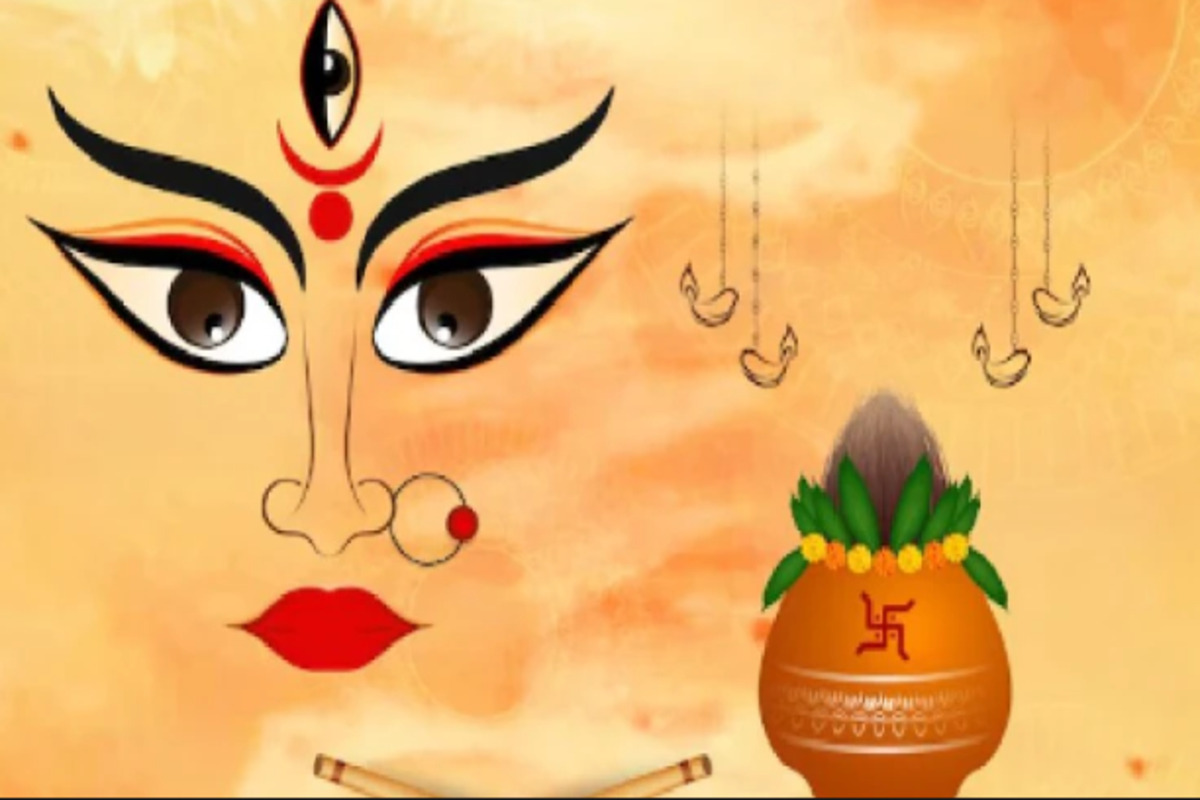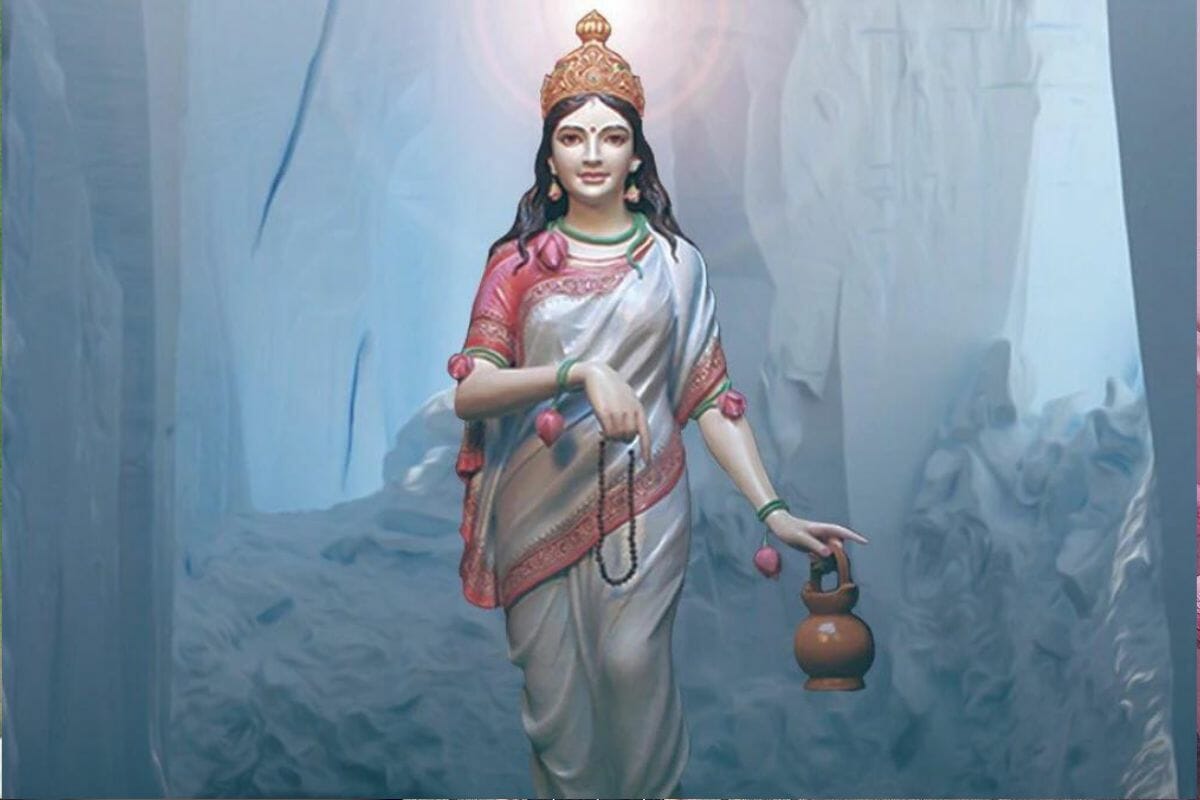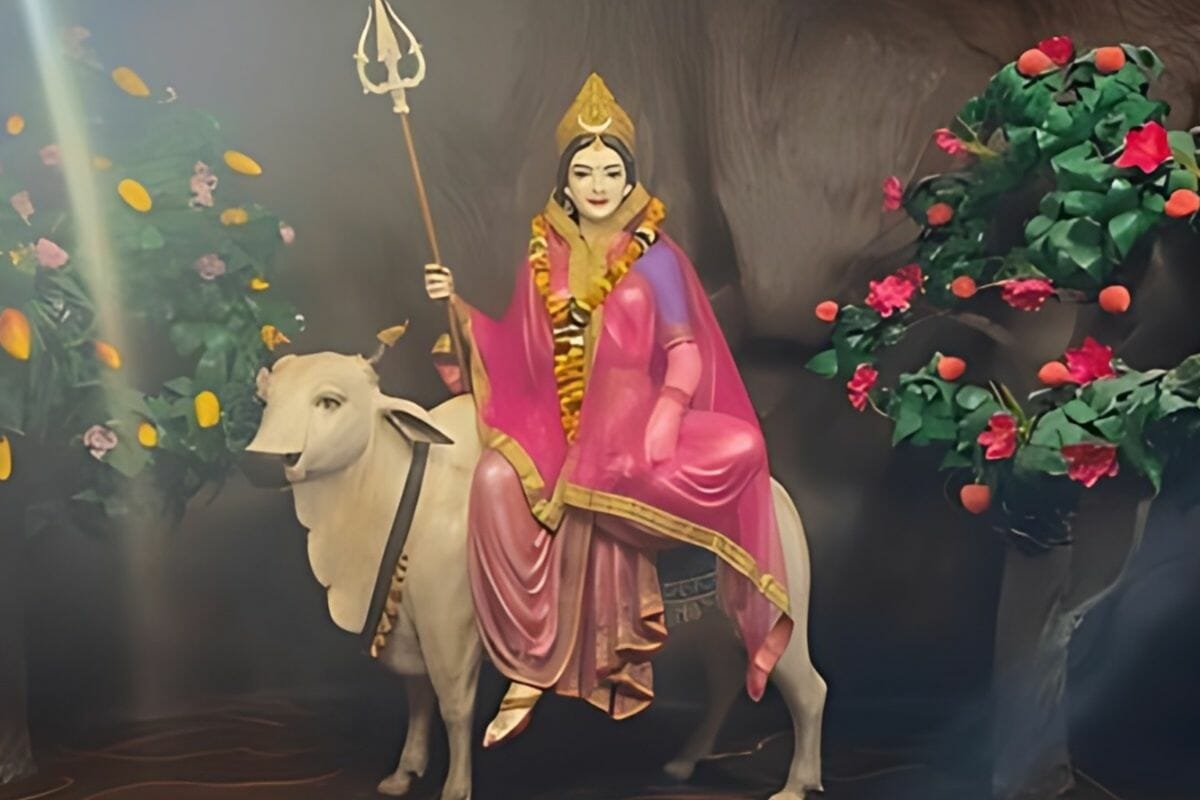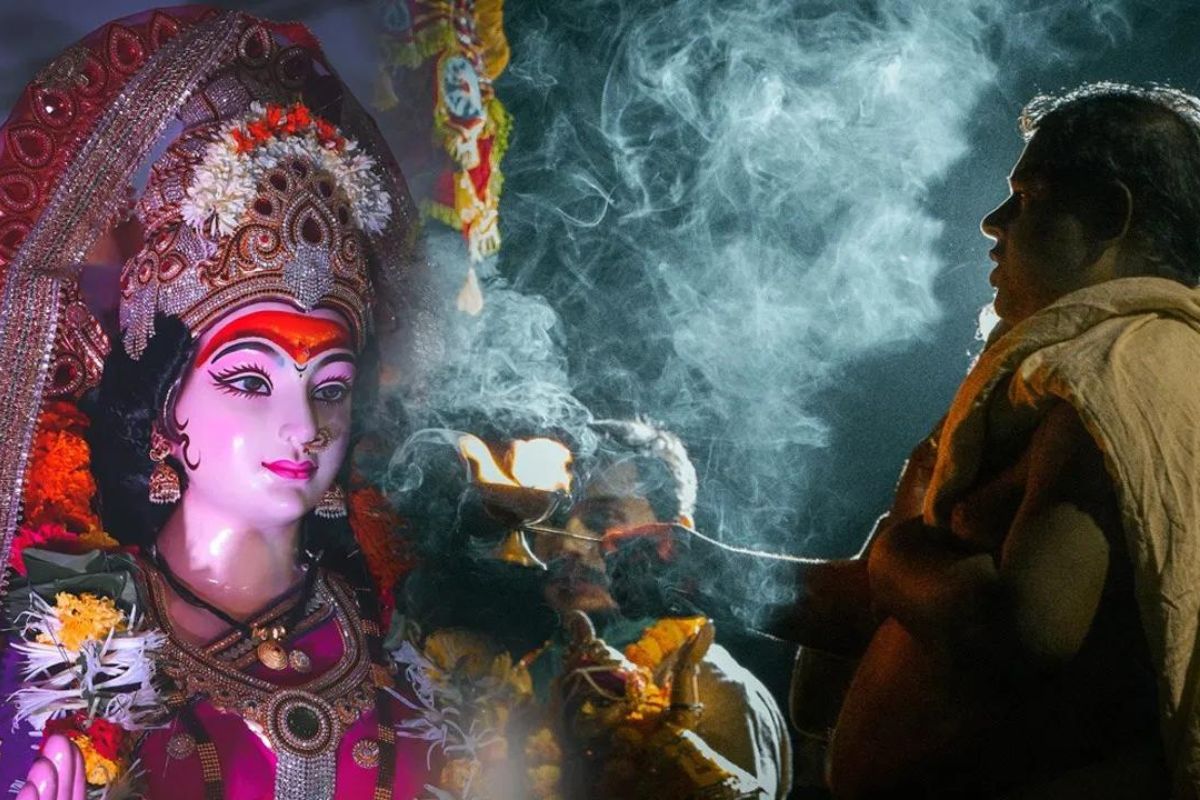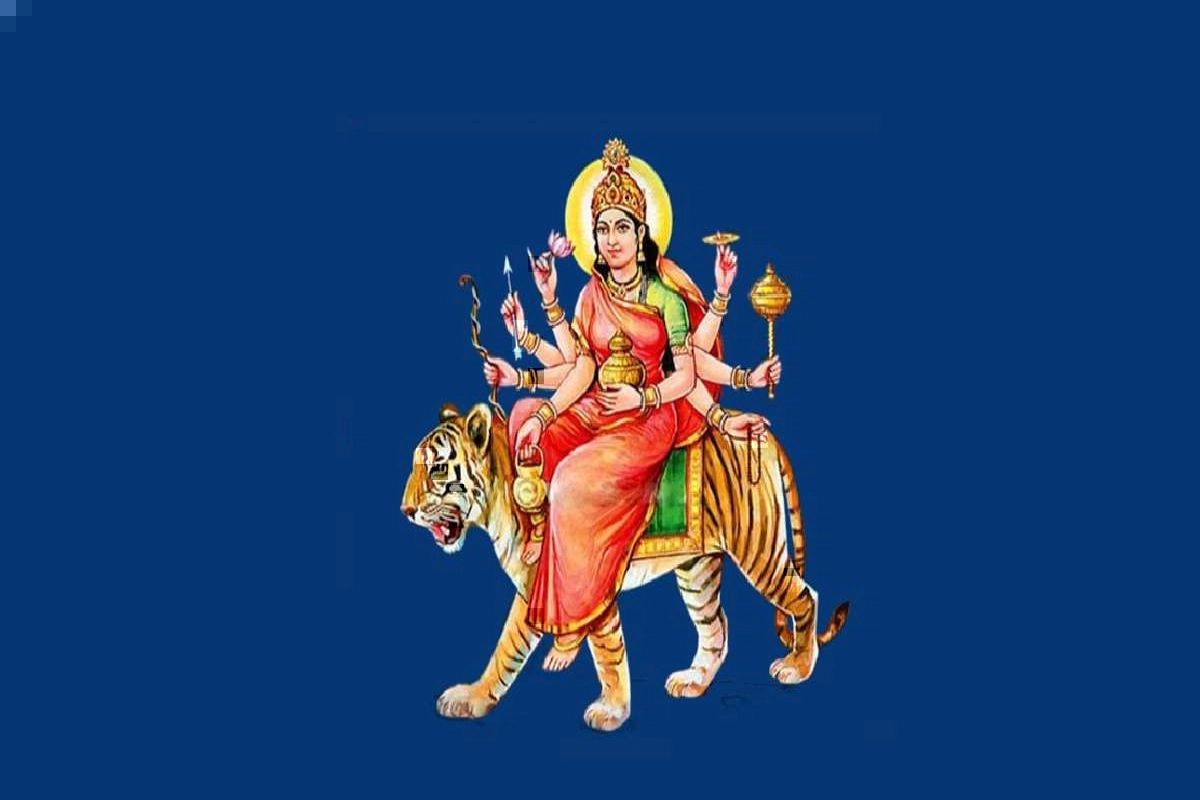Navratri 2023: One of the most important holidays in the nation is Navratri. Navratri, which means “nine nights” in Sanskrit, honours Goddess Shakti’s feminine majesty. The nine-day celebration is divided into nine days, each honouring one of Goddess Shakti’s nine avatars.
Durga Puja in the East and Vibrant Gujarat Celebrations
In the eastern half of the country, mostly in the states of West Bengal, Bihar, Jharkhand, Odisha, and Assam, Navratri is observed as Durga Puja. Gujarat too observes Navratri with a great deal of splendour. Devotees observe the Satvik diet over these nine days of fasting. Every day of Navratri is organised according to a colour scheme, which is also followed by the faithful.
Dietary Guidelines for Navratri
Navratri begins this year on October 15 and ends on October 24. Here are some things to keep in mind about the food that we can eat and the food items that we should avoid during one of the biggest celebrations in the country.
Flours and grains
Regular wheat and rice should be avoided during the Navratri fast. To make the preparations, use rajgire ka atta, singhare ka atta, or kuttu ka atta. One of the important foods consumed during the event is sabudana. Additionally, it is used to make vadas, papad, and khichdi.
Spices and Herbs
You can ingest herbs and spices at this time of year. However, rock salt can be used as an alternative to table salt while preparing food and should be avoided.
Non-vegetarian Food
Avoid eating meat, fish, and eggs during Navratri. Alcohol and smoking should be avoided at all costs.
Vegetables
Vegetables of any kind can be eaten during the event. During this time, people should refrain from eating onion and garlic.
Fruits
You can eat any fruit for the nine days of Navratri. In order to keep the body hydrated during the fasting period, we need increase our fruit intake.
Keep watching our YouTube Channel ‘DNP INDIA’. Also, please subscribe and follow us on FACEBOOK



